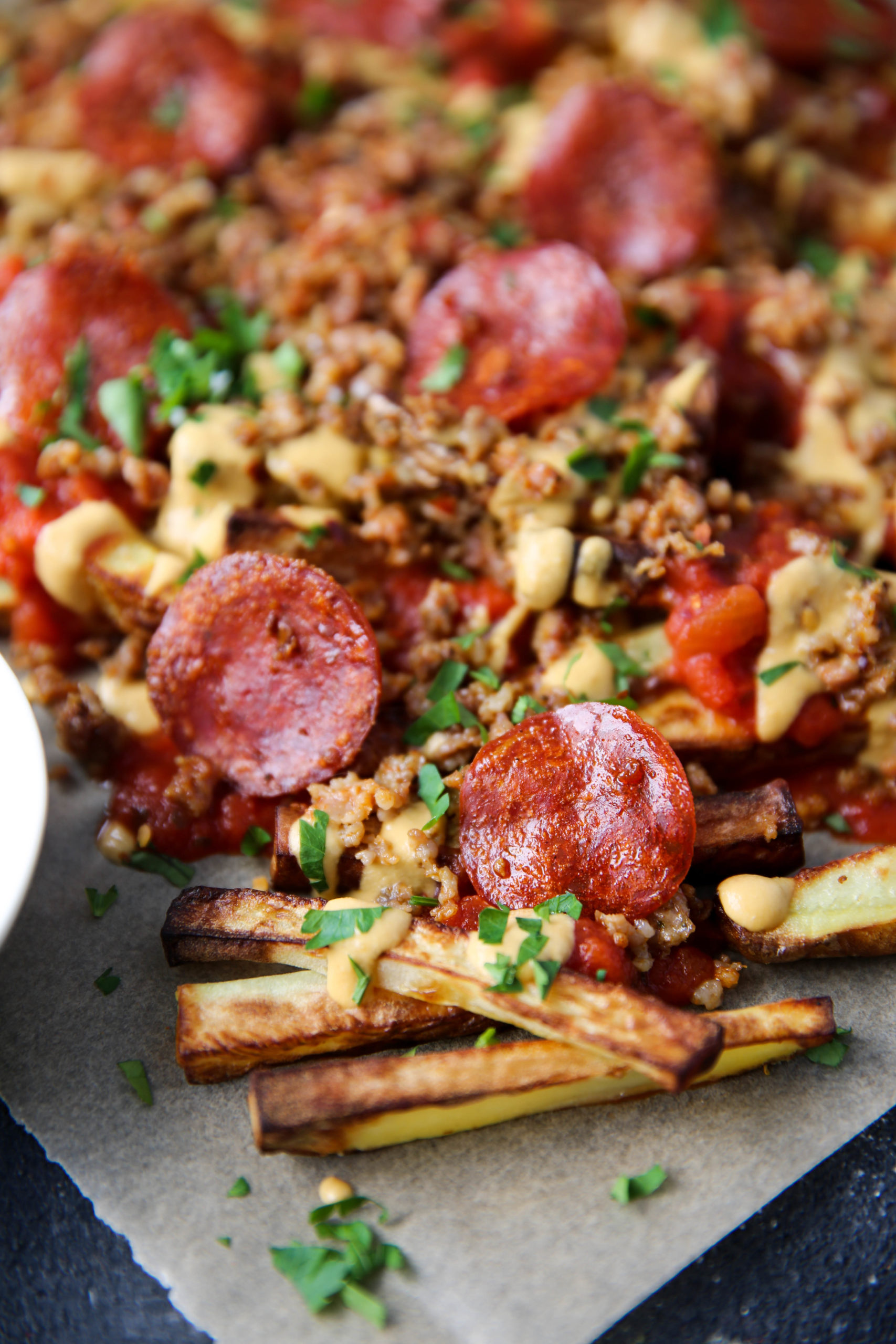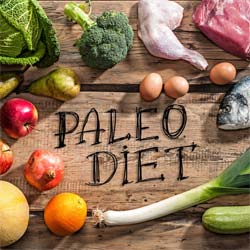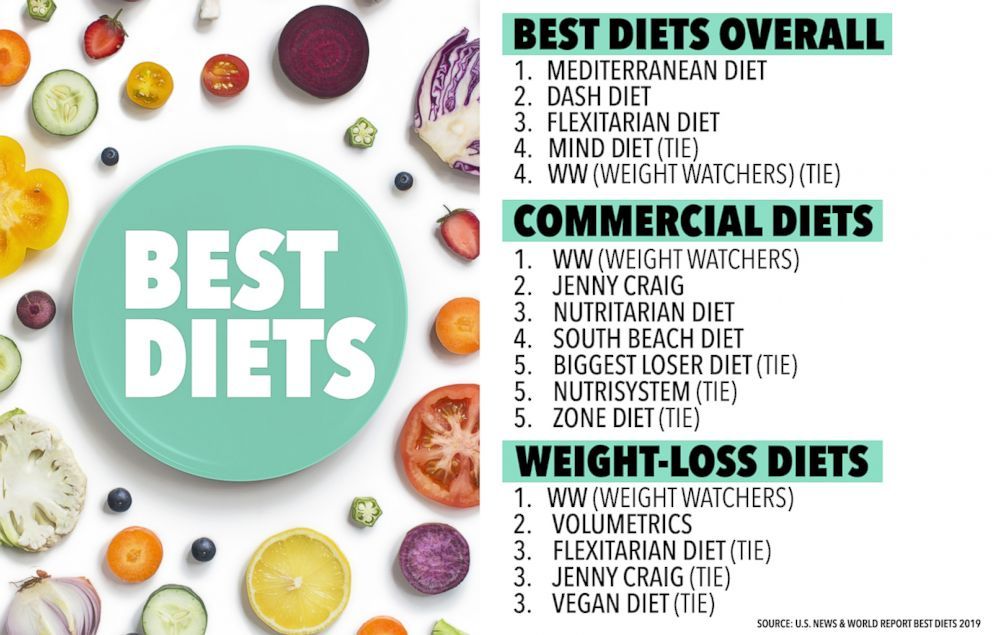
Paleo is a diet that emphasizes eating the same foods our ancestors ate. This diet includes foods such as bananas with almond butter, dried pumpkin seeds, and apricots. It is also filled with chicken, sweet potatoes, and vegetables. EatingWell supports certain foods even though the paleo diet might seem restrictive. We'll show you how to eat them while maintaining a healthy diet.
Pola Makanan Paleolithic Manusia
Christina Warinner, Ph.D., studied pola makan manusia purba and mitos-mitos pola makanan paleolithic manusia in 2010. She claims that manusia Paleolithic manusia ate large amounts of daging as well as all types of meat. This myth was once widely believed by paleolithic humans, but it has been discredited and is no longer relevant.
Diet paleo, also known as the diet of the manusia gua, is a way to eat similar to what manusia gua and man used to eat. In addition to improving their kesehatan, they help preserve their heritage. But, not everyone can eat this diet. This diet is not suitable for everyone and is only recommended for a small number of people.
The Ramasokat lukisan is composed of two types kelompokan: Ceruk and Lukisan Gua. They were cultivated in the areas of Sulawesi Tenggara and Liabalano. The lukisan gua is a mix of protein, fats, and amino acid. These nutrients can support healthy living and help us understand how humans evolved.

The modern diet has many benefits, but it also comes with risks. People who eat foods high in nutrients such as those from the Paleolithic Era will be more susceptible to developing diseases. A healthy diet will reduce your risk of developing diseases. And if you are interested in eating healthier, try the Clean Eating diet. These are the obvious benefits to eating clean: A diet low in fat can help your health. You won't get sick by overeating.
Paleolithic diet foods
Many foods found in processed food contain added sugars, vegetable oils, and artificial sweeteners, which can be detrimental to your health. Excess salt and refined sugars contribute to obesity, and the high amounts of salt can lead to heart disease. The American Heart Association recommends that vegetable oils be replaced with canola oil by using safflower oil or corn oil. These oils contain high levels of omega-6 fatty acids.
Many commercial paleo diets limit dairy products to a minimum. Some have stricter restrictions. Lean pork loin, roasted chicken and onion stuffing with carrot stuffing and steamed broccoli are some of the foods that paleolithics can eat. Other paleo plans allow limited amounts of honey or maple syrup. These diets have received varied levels of scientific support.
A common thing paleo fans suggest avoiding is legumes. These legumes contain high levels phytic Acid. These substances inhibit the absorption of essential minerals from the gut. They may be permitted in some instances. While it may be tempting to eat legumes and potatoes, it's not recommended to add them to your diet as often as you would other processed foods. Rather, you should include plenty of fruits and vegetables in your daily meal plan.
Guidelines for eating a paleolithic lifestyle
Although they are quite different from the usual modern diet, the Guidelines to Eating a Paleolithic Diet share many of the same principles. While the Paleolithic diet was primarily composed of animal products, it is also rich in plants, and there are few limitations. However, it is important to note that you may not be genetically suited for the diet, and that the higher meat consumption may not be healthy. You should be cautious if you believe you could benefit from Paleolithic eating habits.

Paleolithic diet excludes the most popular food groups, including dairy products. These key food groups are at high risk for nutritional deficiencies. A lack of calcium can cause tooth decay. Deficit in this essential mineral could also lead to bone and tooth problems. Calcium plays an essential role in blood clotting. Whole grains are also less likely to develop heart disease, stroke, or type 2 diabetes. You may be at risk of calcium deficiency because grains were almost completely eliminated.
These guidelines are specific to Paleolithic eating. It emphasizes eating nutritious foods, such as fruits and vegetables, and restricts carbohydrates and processed food. To avoid overdoing it, it is important to carefully follow these guidelines. Remember that a paleolithic diet is different for every individual. It is important that you understand that the Paleolithic lifestyle was common 10,000-12,000 years ago.
FAQ
How do you become a chef?
There are many ways to become a chef. Start by enrolling in a class at a vocational school or community college. You might also consider going to culinary school. Finally, you can take a paid internship.
How do I learn about cooking and baking?
Cooking classes are available throughout the country. There are many schools that offer courses in pastry, baking, and wine tasting. You can take a class at your local vocational school or community college if you are interested in learning more about cooking.
What is the cost to study culinary arts?
It is not easy to find a culinary arts degree that costs less than $40,000. For example, a four-year degree typically costs around $40,000. A two-year associate's program may be less expensive at $5,000. Tuition costs vary depending on which program you choose. Private institutions charge higher prices than public ones.
Is there any difference between a chef or a cook.
A chef is someone who prepares food for others. A cook prepares meals for others. Both jobs require the preparation of food. However, chefs work directly with their customers. This means that they can have to decide what food to serve customers based their preferences. A cook doesn't need to interact with clients. He or she makes sure that the food is delicious before serving it.
What is the cost of a culinary school?
Prices for Culinary School vary depending upon where you go, what program you select, and how long you stay there. The average tuition cost is $10,000-$30,000 annually. The majority of students graduate with around $20,000 in student debt. There are programs that offer work-study and scholarships.
Statistics
- On average, chefs earn $58,740 a year, according to the BLS. - learnhowtobecome.org
- In the United States, the category is estimated at $23.2 billion annually and is growing faster than the market. (washingtonpost.com)
- You'll be amazed that over 90% of CIA students receive scholarships and grants to finish their culinary studies. (ischoolconnect.com)
External Links
How To
How to make an omelet that is perfect
Omelets have always been a favourite food to eat for breakfast. But how do you create them perfectly? I've tried many different methods and recipes, but none of them seem to work! So today, I want to share some tips and tricks with you so you can make your own delicious and fluffy omelets every morning.
We should first know that eggs are very temperamental ingredients when making omelets. They must be fresh, preferably from the organic market, and be kept cold until cooking. If you don't keep them cold enough, the whites won't form properly, and the yolks will break down too much and become runny. Your omelets will look strangely colored if this happens. It is best to use room-temperature eggs if you are going to cook them right away.
You might also try separating the egg before adding to the pan. You don't want any white to get mixed up with the yolk because this could cause the omelet to curdle.
You might burn the bottom of the egg if you place the egg directly on the stovetop. This could ruin the texture of your omelet. Instead, heat the egg for 10 seconds in the microwave before placing it in the pan. The microwave heat cooks the eggs just right without overcooking them.
Next, let’s talk about mixing the egg. Mix eggs well together. To do this, grab the bowl of the mixer and turn it upside down. Then, vigorously shake the bowl. This allows the air to be whipped and the egg to be mixed thoroughly.
Now comes the fun part - pouring the milk into the mixture. First, pour half of the milk into the beaten eggs and then fold the eggs gently into the remaining milk. If you still see streaks of eggs, don't worry. These streaks will disappear once the omelet has been turned over.
After folding the eggs fold the pan onto medium heat. When the oil starts to hot, wait for the pan to cook. Once the oil begins to heat, add 1/4 cup butter and swirl the pan to coat it. Open the lid and sprinkle salt on the pan. A pinch of salt will help prevent the omelet from sticking to the pan.
Cover the pan once the omelet is formed and allow it to cool completely. Flip the omelet over using a spatula or flip the pan upside down. Cook the second side for a minute or so. Take the omelet out of the pan and immediately serve.
This recipe works best with whole milk, but skimmed milk also works.